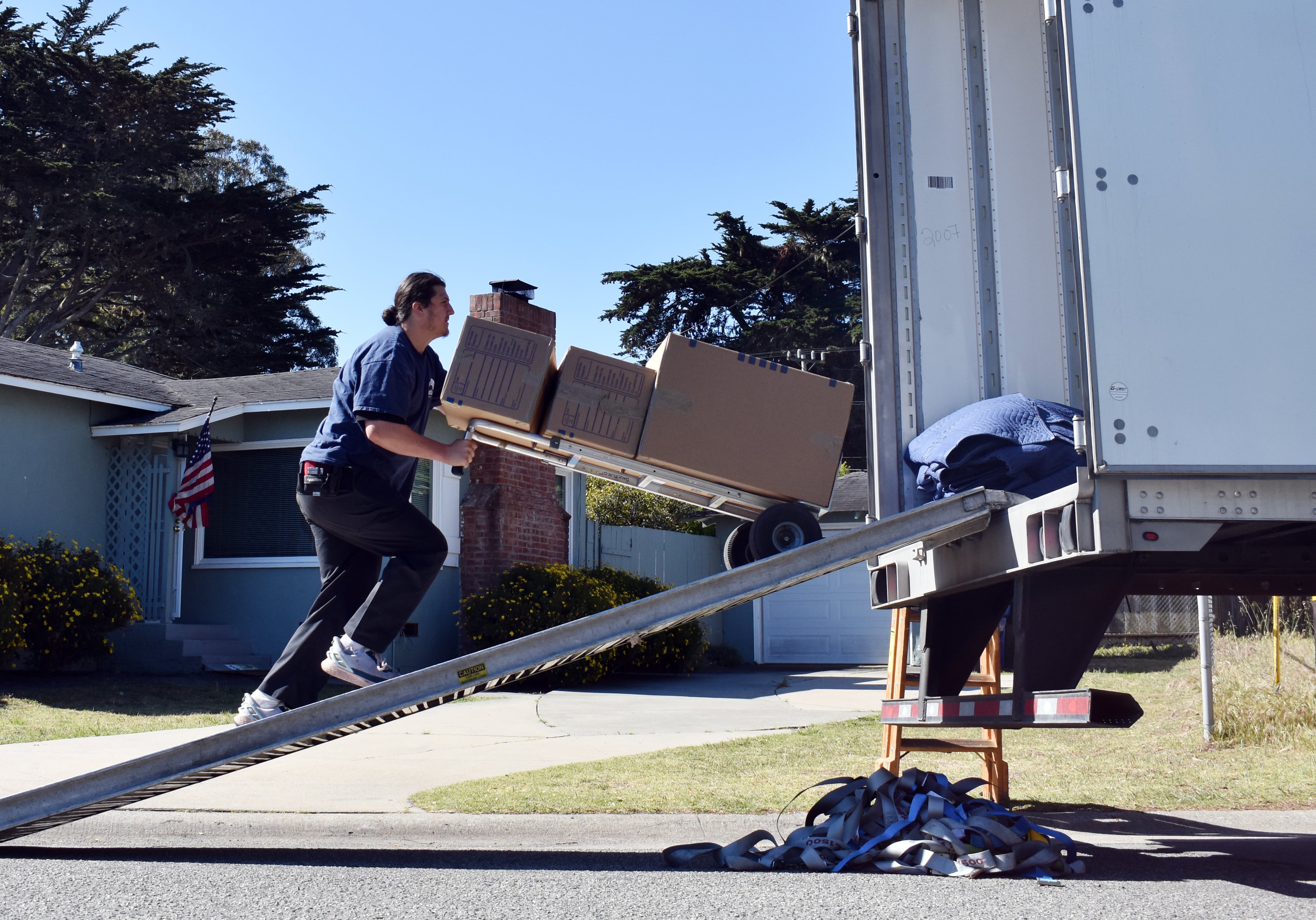The Air Force is staring down a major shortfall in fighter pilots, and top brass has just laid out their strategy to fix the problem.
In a July 14 op-ed posted on Defense One, Air Force Secretary Deborah Lee James and new Chief of Staff Gen. David Goldfein said the shortage of fighter pilots is expected to grow from 500 to 700 by the end of fiscal 2016. This will leave the Air Force with "a 21 percent gap between what we have and what we need to meet the requirements of our commanders around the world," they said.
The shortage is especially worrying, they wrote, given that the Air Force is currently trying to balance historically low manning levels with increasing responsibilities such as the fight against the Islamic State, the war in Afghanistan, and bolstering allies in Eastern Europe and Asia.
"Make no mistake, this is a quiet crisis that will almost certainly get worse before it gets better," James and Goldfein said. "We have less margin for error when it comes to filling our cockpits and addressing personnel shortages."
James and Goldfein said the Air Force is giving a hard look at increasing the compensation of fighter pilots as part of their plan to shore up their ranks. Some pilots now can receive Aviation Retention Pay bonuses of up to $25,000 per year — or as much as $225,000 for pilots who sign up for the maximum nine additional years.
But that bonus needs to increase, James and Goldfein wrote. The $25,000 annual bonus has not changed since 1999, they said, meaning that inflation has eaten away at the value of that bonus.
Allowing the Air Force to hike its retention bonus, where needed, would help the service hold onto experienced pilots who are now being lured by the commercial airline industry. Airlines are seeing increasing numbers of Vietnam-era pilots retire, and they need to be replaced with pilots who have at least 1,500 flight hours. They often turn to the military, and offer pilots large paychecks to change out of take off their uniforms and come fly for them.
"We know from past experience that money isn't everything, but in those military career fields lured by private sector offers, targeted bonuses can make the difference between staying and going," they wrote. "Right now, too few of our pilots are taking the bonus money and the 'take rate' is especially low for those men and women who fly fighter aircraft. We'd like the authority to raise the current bonus where it makes sense."
James and Goldfein also said the Air Force is increasing the production of new pilots, and trying to free up fighter pilots who are now occupied doing administrative tasks for their squadrons so they can get back in the air.
Stephen Losey covers personnel, promotions, and the Air Force Academy for Air Force Times. He can be reached at slosey@airforcetimes.com.
Stephen Losey is the air warfare reporter for Defense News. He previously covered leadership and personnel issues at Air Force Times, and the Pentagon, special operations and air warfare at Military.com. He has traveled to the Middle East to cover U.S. Air Force operations.





